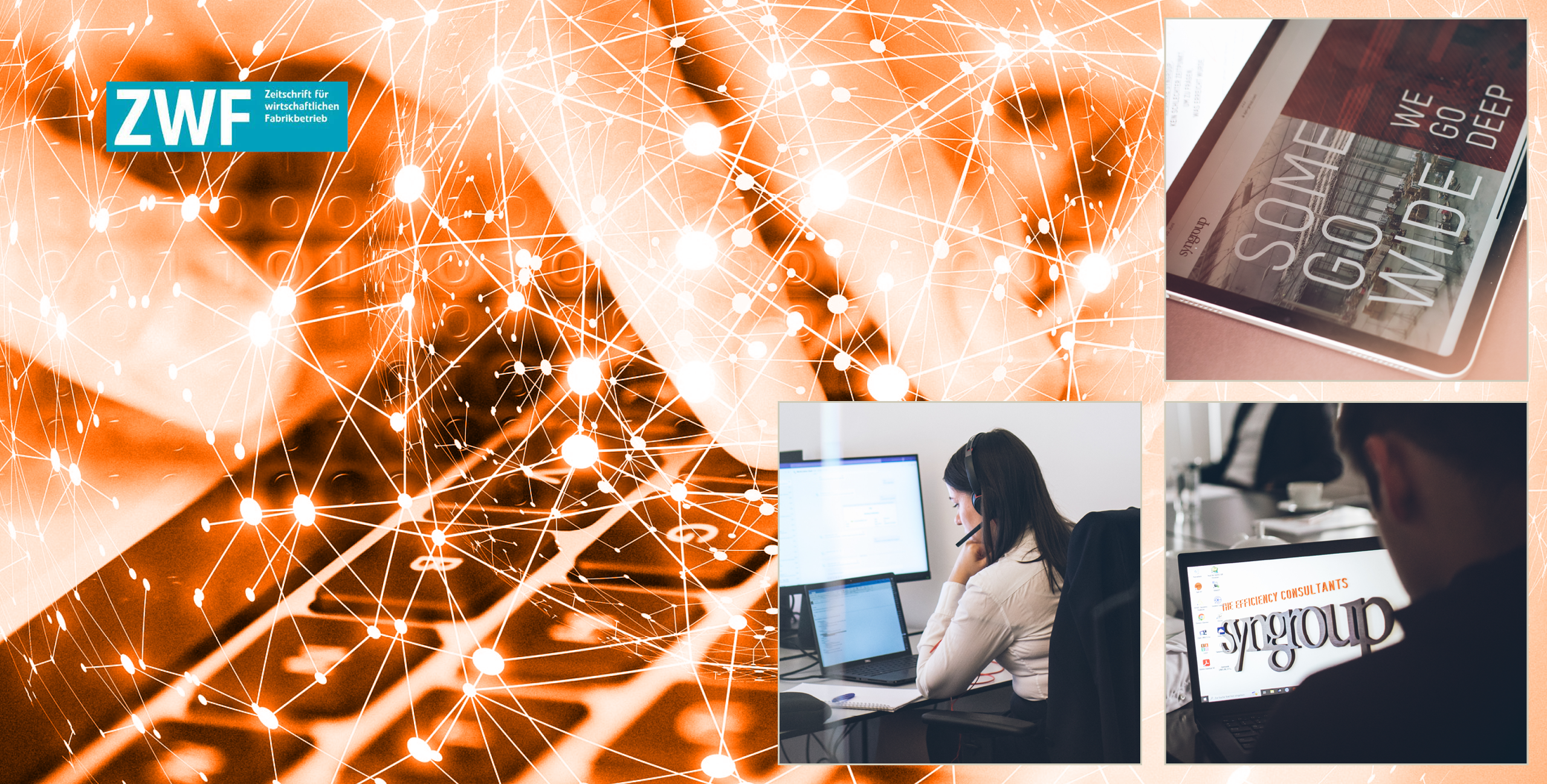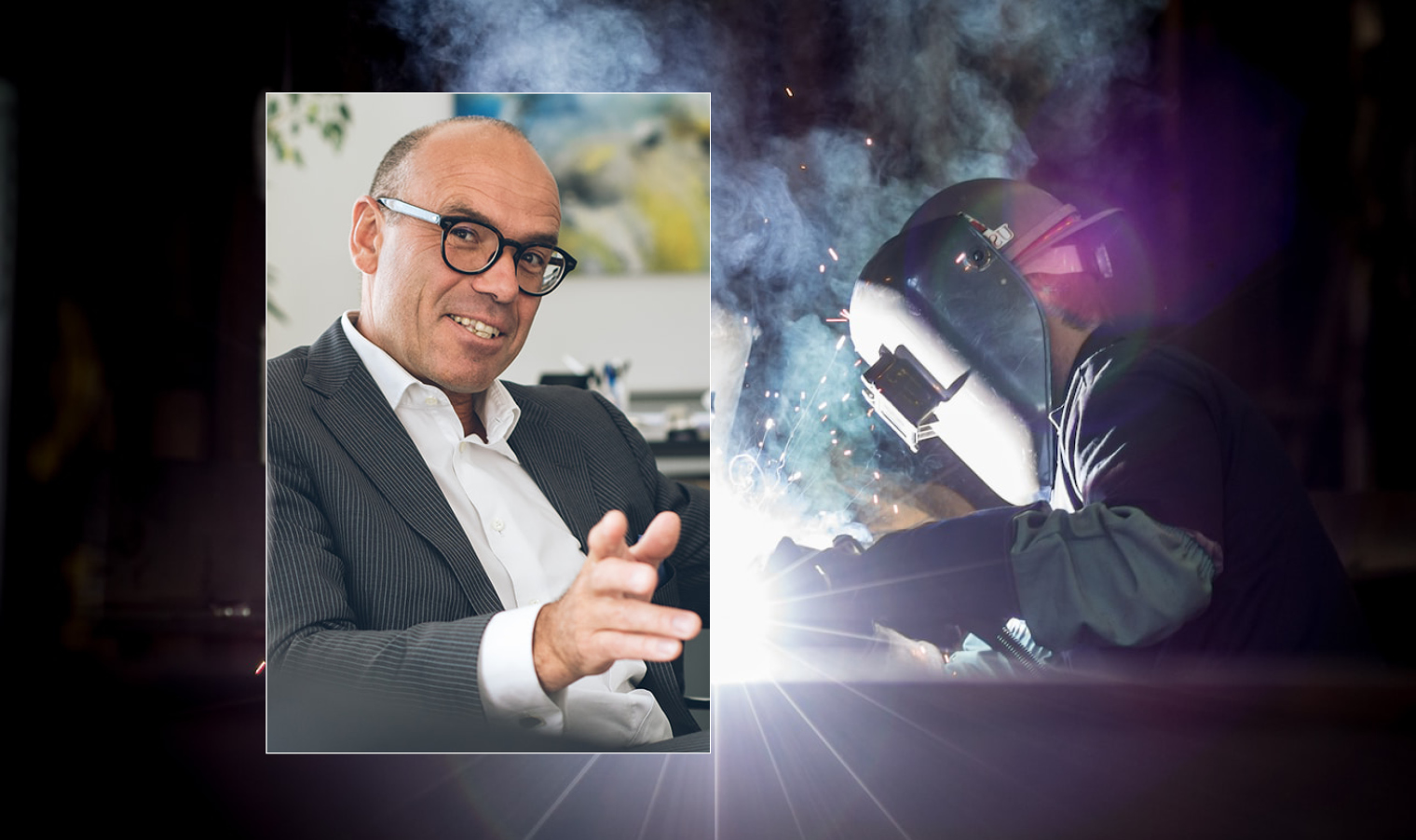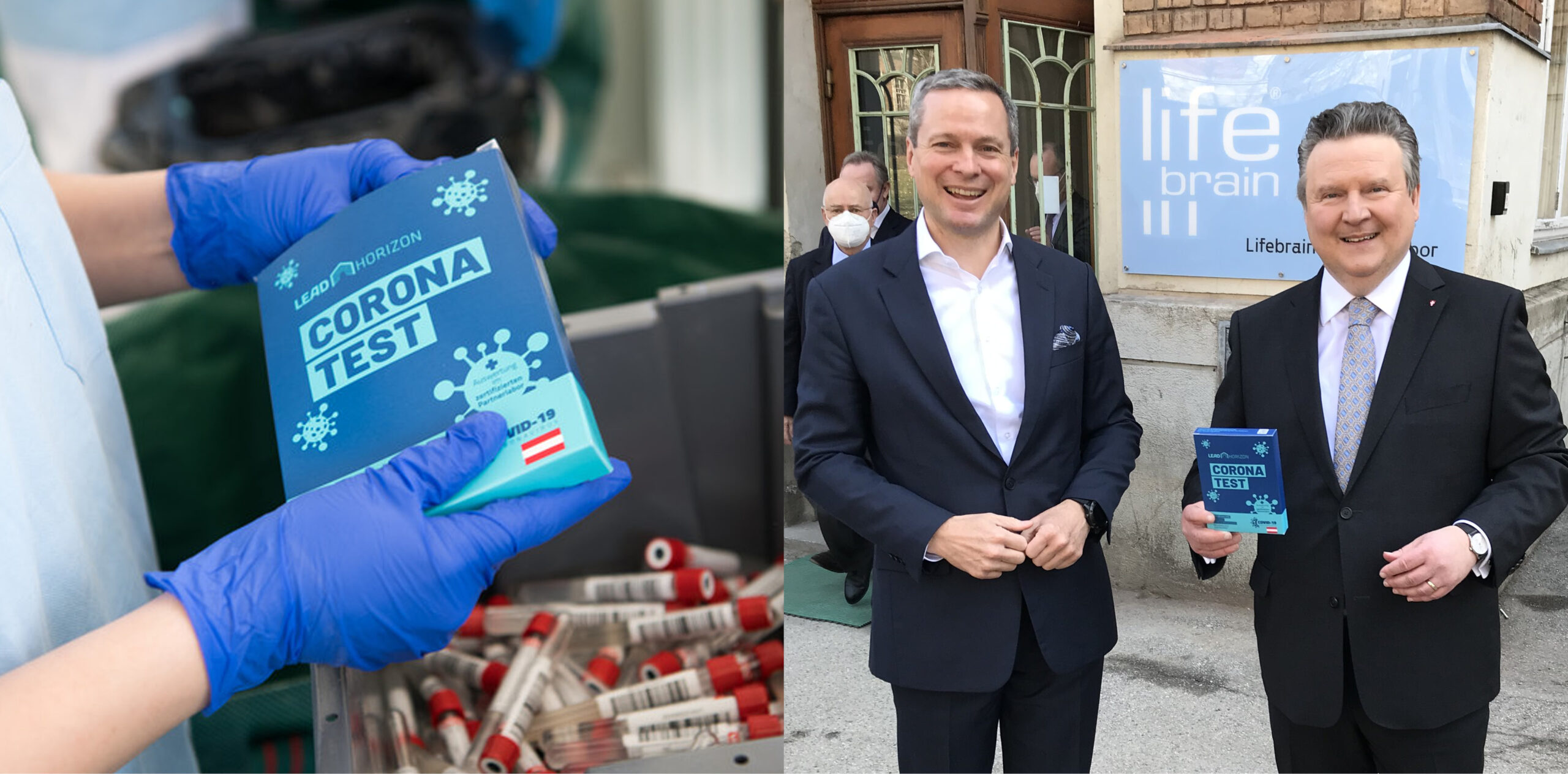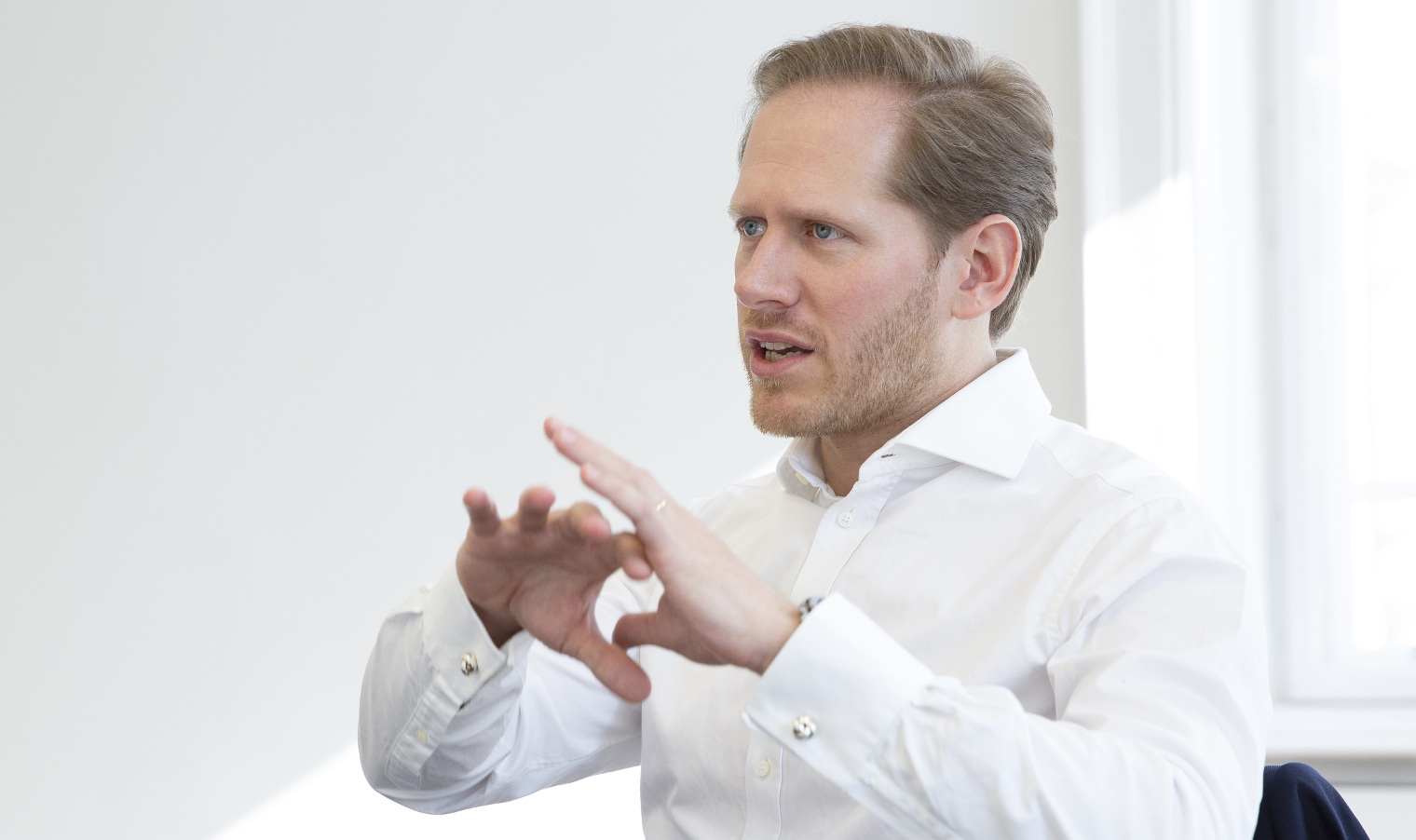

If you were to do a study across the manufacturing sector, businesses will have an asset register, listing a value of any item, a detailed maintenance service plan and review program. A lot of companies will also have a risk register, contemplating the age of an item, criticaly to the business and a spare / replacement kept in store to ensure that if it stopped working, the business could continue running.
But very few businesses use the same thought process in regards to the skills of their workforce. We often find within clients ways of working, fixing faults, nuances with specific bits of equipment nd product lines along with vast amount of other knowledge – is held in peoples heads. This is where Syngroup can help.
I use to say to companies, what would happen if the person got hit by a bus? If use a more positive scenario now and ask companies, what would happen if the person won the lottery (syndicates are very common now)? If they left your business, what would happen? A small SME owner once told me she had insurance for that. I questioned that I had never heard of an insurance policy covering that sort of risk and she replied, „my insurance policy was to join their syndicate“. It is a serious risk though. The question that needs asking, is how does a company protect itself?
Well, lets look at it from a different perspective: RISK MITIGATION. Most businesses would have a catastrophe plan in place where a detailed FMEA (Failure Mode and Effects Analyis) would have been carried out. So lets think the same way for your people.
- A detailed skill matrix on tier level. Tier one at machine level, tier two at product label and tier three at task level. Identifying where there are gaps in quantity of trained people.
- SOPs (Standard Operating Procedures) and WIs (Work Instructions) breaking tasks down to very detailed elements, tools used, frequences, etc.
- Training Matrix. What is the plan moving forward over the next 1-3 years? Detailed who and when the training will take place, creating a reviewable KPI that would be tracked with just as much importance as production performance or sales figures.

The other element to combat this, is thinking about people retention. Investing in them with new tools and techniques so that they will never want to leave. As an example, giving them Lean training, including basic problem solving, SMED, 5S, even certifies six sigma yellow belt training or similar.
This sort of training not only shows your people that they are valued by the business and you want to invest in them, but gives them the opportunity to use this skills to make an improvement to the ways of working within the business, which will give a finanvial benefit back in return.
As Byron Dorgan once said, „Working hard and working smart can be two different things“, but giving them the opportunity with Lean training will ensure that they can differentiate between the two. The benefits will give a better working environment for the employee, financial benefit for the business and longevity for the partnership between those.
The ROI on this level of training can never be measured, as I believed it to be invaluable, however the by-product of this training is the form of operational improvements will be significant and have proved to be more than double the cost of any training that the business invest in. If you want to know more, please get in touch with me and let me explain how this could work for your business.


























